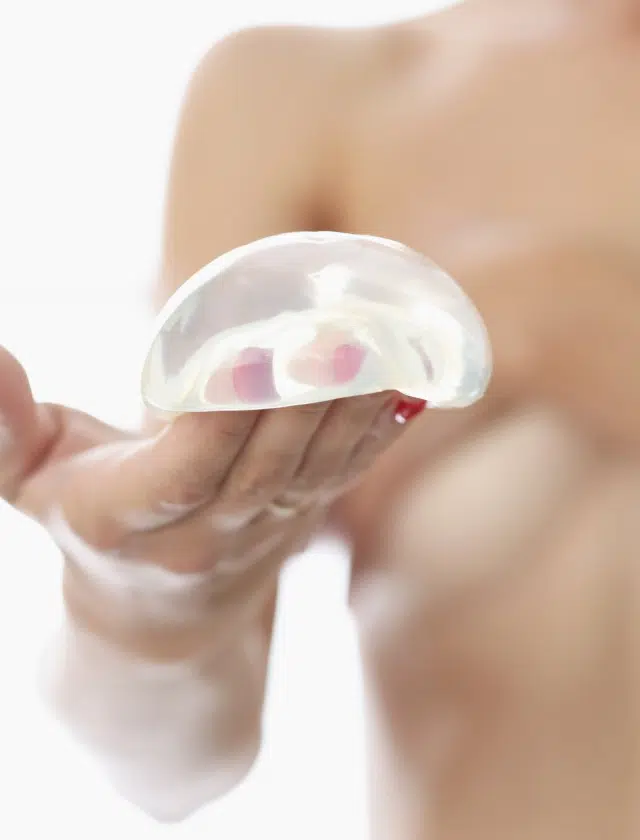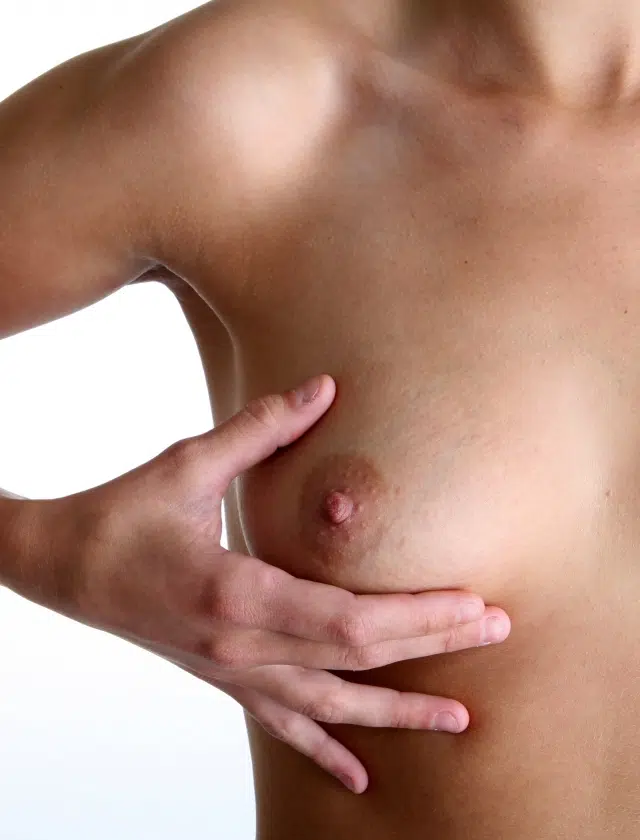After breast reconstruction, regular follow-up is essential. Firstly, for breast cancer, a consultation and clinical examination are required at least once a year. The schedule is determined by your doctor based on tumor characteristics and treatments received.
For reconstructions with implants, an annual clinical examination is recommended to check the integrity of the implants. Ultrasound or MRI may be recommended if there are any concerns. Breast implants are not permanent; they will need to be replaced in a few years. Predicting the lifespan of an implant is possible, but the idea of systematic replacement every 10 years is entirely false, despite its frequent mention. Implants are replaced when there are issues such as implant leakage, capsular contracture, or implant rotation.
This subsequent surgery is often an opportunity to enhance the aesthetic outcome of the reconstruction and may involve additional procedures such as fat grafting or symmetry adjustments for the other breast.
For autologous reconstructions, a simple clinical examination is required. Occasionally, especially after weight loss, there may be a need for additional fat injections several years later to restore volume to the reconstruction.








